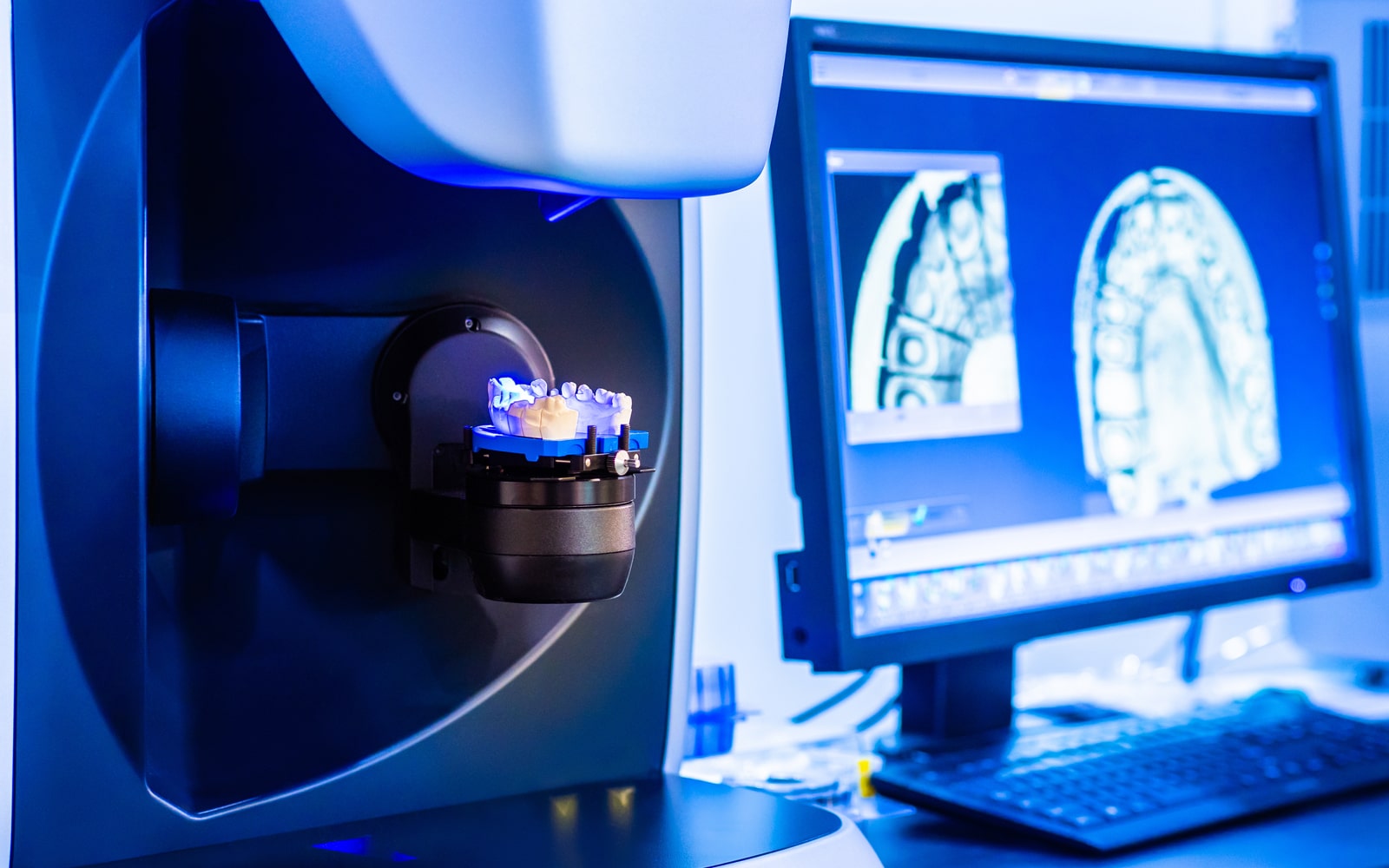Photography has been an essential part of dentistry nearly since the invention of the camera. The search for better ways to image and view the health conditions a patient faces has been ongoing. Digital technology has made taking photographs of patients’ oral health easier and more effective than ever before. Surprisingly, some dental practitioners still avoid using photography in their practice. Ensuring your dentist uses photography as part of their dental practice is important for many reasons. We’ll explore some of them below.
Essential Roles Of Photography In Dental Care
- Planning Treatment and Diagnosis – Cameras play a central role in effectively diagnosing oral health concerns. Their static nature allows easy review and comparison to existing records. These same properties make photography indispensable in developing a treatment plan to address those concerns.
- Improved Communication and Education – There’s nothing more important than taking an active role in your care. The single most effective way to accomplish this is to learn as much as you can about the treatments being used and the results to expect. Cameras can be invaluable to your dentist in creating material for you to preview before your procedure.
- Documentation – It can be challenging to get insurance to cover everything they’re supposed to without proper documentation. This is one more place where the camera comes to save dentists and patients alike. Photos are essential and irrefutable evidence of the concerns found and the treatment provided.
- Specialist Involvement – A high-resolution photograph can provide essential information that can be shared with specialists involved in your care. They allow your dentist to clearly document his findings and present them to the specialist. The same ability is provided to the specialist through photography.
- Clear Lab Communication – Along with 3D impressions of your teeth, there’s no more important tool than a dental photograph to a lab. While a model may provide the shape and position of the desired item, color, shade, and gingival character remain a mystery. Photographs help to close this gap by showing what the tooth looks like in situ.
- Demonstration of Progress – It can be difficult to mentally track the progress of certain dental procedures without documentation. This is especially true in cases of orthodontic care where the changes being made are subtle and take weeks or even months to achieve. A periodic record of the advance of the treatment can serve to really make the results stand out.
These points represent just those elements relevant to the patient and dentist. Dentists often find that photographic documentation also provides excellent educational opportunities. They can demonstrate their findings to interns, review the procedures they performed, and focus on self-improvement at all stages of their practice.
Ask Your Dentist About Dental Photography
If you’re actively interested in knowing more about the role of dental photography in your care, speak to your dentist. During your next visit, they’ll be happy to provide you with the way they use cameras in their practice. You can also learn how this helps to improve the level of care you receive at their clinic.


